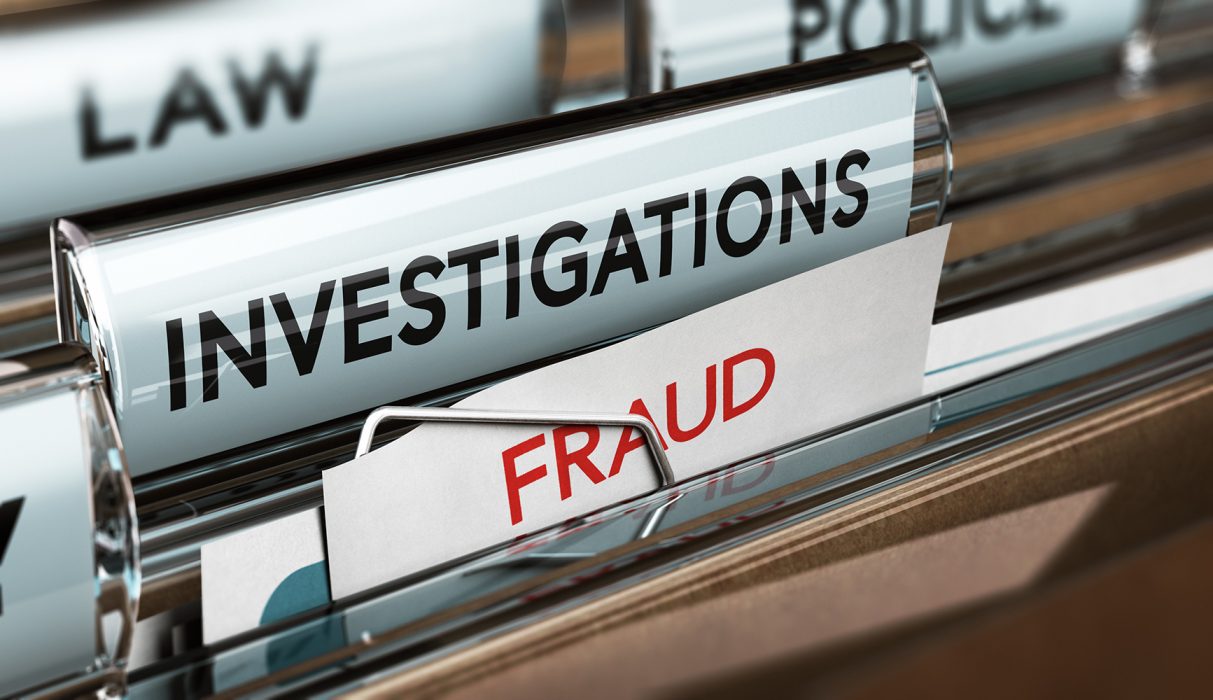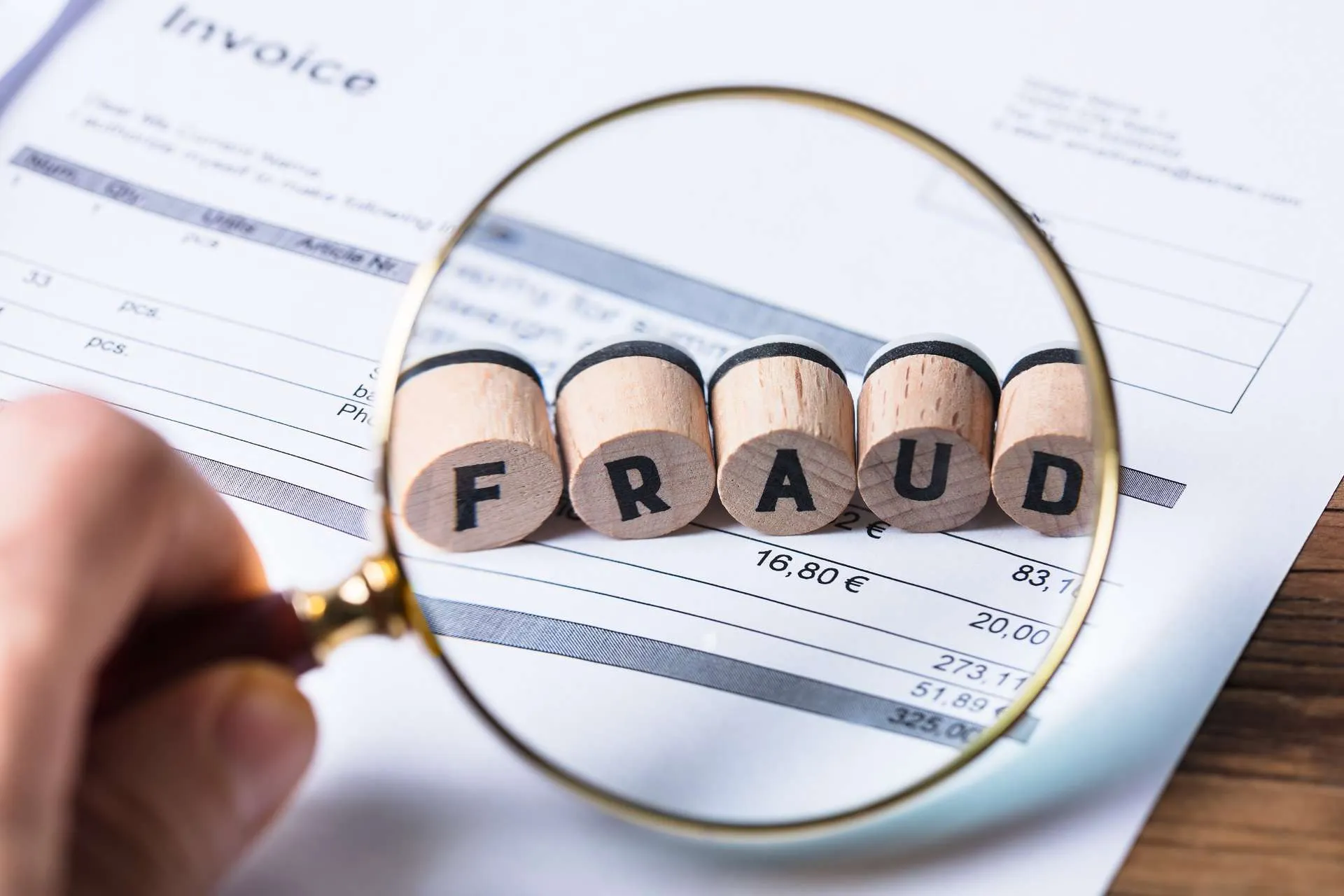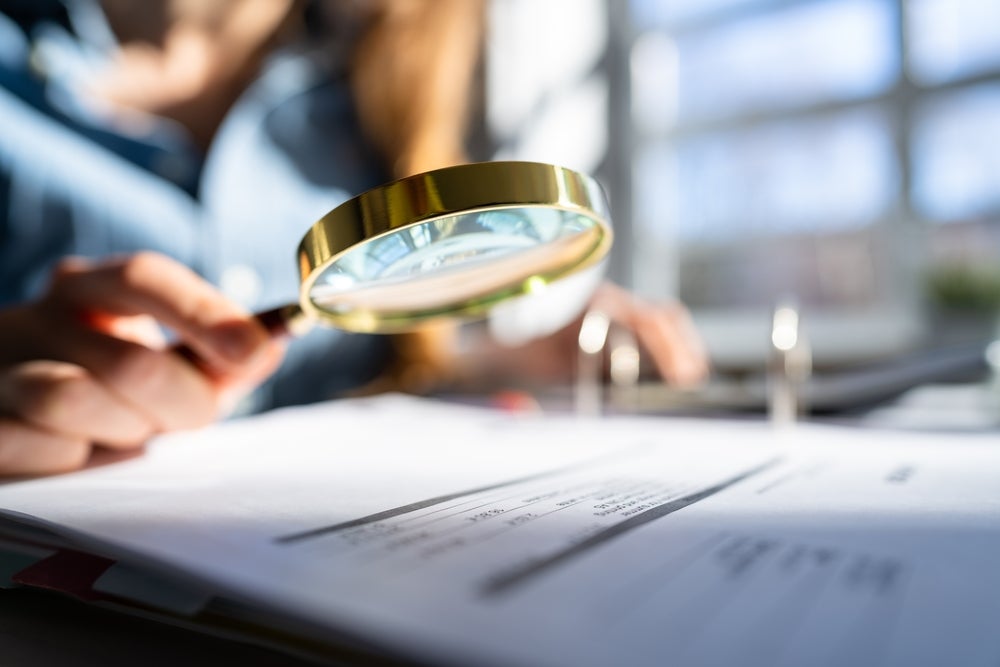The world of deceptive practices is complex and ever-evolving. As society advances, so do the methods employed by individuals looking to exploit vulnerabilities within various systems. Delving into the realm of detection and assessment reveals a tapestry of strategies aimed at uncovering hidden truths and mitigating risks. The need for effective verification measures has never been more critical, as organizations strive to safeguard their interests while maintaining public trust.
In this insightful discourse, we will traverse the multifaceted landscape of uncovering harmful acts. The journey begins with a thorough exploration of initial steps which lay a strong foundation for any analysis. From meticulous data collection to in-depth evaluations, each phase plays a significant role in piecing together the puzzle. Emphasis will be placed not only on the practical aspects, but also on the importance of fostering a mindset poised to identify anomalies.
As we progress through this examination, attention will shift to the various methodologies employed by experts in the field. These approaches, tailored to suit specific scenarios, highlight the creativity and resourcefulness required to navigate the challenges presented. Through real-world examples and case studies, participants will gain valuable insights into the dynamics at play and the implications of proactive engagement.
Overview of Fraud Investigation Methodologies
This section presents a comprehensive look at various approaches employed to uncover deceptive practices within organizations and individuals. By exploring distinctive strategies, one can gain insight into effective ways to identify irregularities and ensure accountability. The examination encompasses a blend of systematic procedures and analytical methods, aiming to enhance the ability to detect misconduct.
One prominent method involves the meticulous collection of evidence, which serves as the foundation for any inquiry. This process often incorporates interviews, document reviews, and surveillance techniques. Each piece of data is critical in constructing a coherent narrative of events, ultimately leading to informed conclusions.
Another significant approach is forensic analysis, which delves into financial records and digital footprints to reveal anomalies that might indicate unlawful behavior. This method leverages advanced software tools to extract patterns and correlations, enriching the overall assessment of the situation.
Furthermore, risk assessment plays a pivotal role in preemptively identifying areas susceptible to unethical actions. By evaluating the vulnerabilities within a system, organizations can implement proactive measures to mitigate potential threats. Engaging stakeholders in this process fosters a culture of transparency and compliance.
In conclusion, the landscape of uncovering deceit is multifaceted, utilizing a variety of methodologies that work in concert to achieve the goal of integrity. Through careful analysis and proactive strategies, one can better navigate the complexities associated with dishonest activities.
The Role of Technology in Detecting Fraud
In today’s digital landscape, the significance of advanced systems in identifying deceitful activities cannot be overstated. As illicit schemes become increasingly sophisticated, the integration of cutting-edge tools is essential for safeguarding assets and ensuring organizational integrity. These technological advancements provide a layer of defense that was previously unattainable, enabling entities to remain vigilant and responsive.
Data analytics stands at the forefront of this evolution, enabling the examination of vast amounts of information in real-time. By applying algorithms and machine learning, it is possible to uncover patterns that may indicate misconduct. Such analytical approaches not only enhance detection capabilities but also facilitate proactive measures to prevent future occurrences.
Furthermore, artificial intelligence plays a pivotal role in streamlining detection processes. By mimicking human decision-making abilities, AI systems can assess transactions, flagging anomalies that merit further examination. This not only increases efficiency but also reduces the likelihood of oversight, allowing investigators to focus on credible leads.
Blockchain technology also contributes significantly to transparency and traceability. By providing an immutable record of transactions, it enables organizations to track activities with unparalleled accuracy. This characteristic makes it challenging for deceptive actions to go unnoticed, thus enhancing overall security.
Ultimately, the symbiosis between technology and vigilance creates an environment where deceitful practices can be identified swiftly and with precision. As innovations continue to emerge, the landscape of combating dishonest behavior will evolve, making it imperative for organizations to adapt continually.
Key Skills for Fraud Investigators
The realm of detection and resolution of deceitful activities requires a unique set of proficiencies. Professionals in this field must possess a combination of analytical, interpersonal, and technical capabilities to effectively address complexities and safeguard the interests of stakeholders.
Essential Proficiencies
- Analytical Thinking: The ability to scrutinize data, recognize patterns, and derive meaningful conclusions is crucial. This skill aids in identifying irregularities and understanding the broader context.
- Attention to Detail: Precision is vital in examining documentation and evaluating financial records. A keen eye for small discrepancies can yield significant insights.
- Communication Skills: Clear and concise communication is essential for articulating findings and collaborating with various parties. Both written and verbal abilities should be well developed.
- Technical Proficiency: Familiarity with software tools and databases used for data analysis enhances the efficiency of assessments. Staying updated with technological advancements is beneficial.
- Critical Thinking: The capability to challenge assumptions and evaluate situations from multiple angles fosters informed decision-making and strengthens conclusions.
Interpersonal Abilities
- Empathy: Understanding the perspectives and emotions of others facilitates rapport-building, which can lead to more cooperative interactions.
- Negotiation Skills: Engaging various stakeholders requires adept negotiation capabilities to negotiate solutions while maintaining professionalism.
- Teamwork: Collaboration with different departments or agencies is often necessary; hence, the ability to work harmoniously with diverse teams is essential.
Understanding Legal Frameworks for Investigations
The legal context in which inquiries operate is crucial for ensuring the integrity of the process and protecting the rights of all parties involved. Navigating this landscape requires a thorough comprehension of various laws and regulations that govern both public and private undertakings. Such frameworks not only establish the boundaries within which actions can be taken but also provide essential guidelines for conducting inquiries with due diligence.
Key Components of Legal Frameworks
Several fundamental elements contribute to the legal structure surrounding inquiries:
- Constitutional Rights: Individuals possess rights that must be respected throughout the process.
- Statutory Regulations: Various laws enacted by legislative bodies provide specific instructions on how to conduct inquiries.
- Judicial Precedents: Previous court decisions can influence current practices and interpretations of the law.
- Ethical Standards: Professional codes of conduct guide the behaviors and decisions of those involved in the process.
Implications for Practitioners
For those engaged in this field, understanding the legal landscape is essential for several reasons:
- Compliance: Adhering to legal stipulations minimizes the risk of litigation and sanctions.
- Credibility: A firm grasp of legal principles enhances the legitimacy of findings and recommendations.
- Risk Management: Identifying potential legal pitfalls can help in crafting a more effective approach to inquiries.
Common Challenges in Fraud Detection
Identifying deceptive activities presents a multitude of hurdles that can hinder the effectiveness of protective measures. Various factors contribute to the complexity of sorting out genuine transactions from questionable ones. Understanding these obstacles is crucial for optimizing detection efforts and enhancing overall security protocols.
Complexity of Data
The vast amount of information businesses must analyze can lead to data overload. With numerous transactions occurring daily, discerning patterns of behavior that indicate suspicious actions can become overwhelming. Additionally, the integration of disparate data sources may complicate the analytical process.
Evolving Methods of Deception
As entities become more adept at circumventing detection mechanisms, the methods employed to carry out deceitful acts evolve. This constant change requires vigilance and adaptation in the approaches utilized to spot illicit activities. Staying ahead of such tactics necessitates ongoing research and innovation.
| Challenge | Impact |
|---|---|
| Volume of Transactions | Increased difficulty in identifying anomalies |
| Integration of Data | Complicated analysis and interpretation |
| Technological Advances | Need for continuous updates and training |
| Human Error | Potential for misclassification of legitimate activities |
Best Practices for Reporting Findings
When it comes to communicating results from a detailed examination, clarity and precision are paramount. A well-structured report not only conveys the necessary information but also enhances the credibility of the analysis. It is essential to adopt a systematic approach, ensuring that the message is received accurately by stakeholders. This section outlines the most effective strategies for presenting conclusions.
1. Organize Information Logically
Structure your report in a clear and coherent manner. Begin with an executive summary that provides an overview of the key points. Follow this by detailed sections including methodology, findings, and recommendations. This logical flow allows readers to grasp the essential aspects quickly.
2. Use Clear Language
Avoid jargon or overly technical terms that may confuse the audience. Instead, opt for straightforward language that is accessible to all readers. When necessary, provide explanations or definitions for any complex concepts.
3. Incorporate Visual Aids
Utilizing charts, graphs, and tables can significantly enhance the comprehension of data. Visual representations allow for quicker interpretation of trends and findings, making the report more engaging and informative.
4. Highlight Key Findings
Clearly emphasize the most critical points throughout the report. Use bullet points or bold text to draw attention to significant discoveries. This ensures that even skimming readers can quickly identify crucial information.
5. Provide Context
Whenever possible, situate the findings within a broader context. Explain the implications of the results and how they relate to the overall objectives. This helps stakeholders understand the relevance and impact of the conclusions drawn.
6. Be Objective
Maintain an impartial tone throughout the report. Personal opinions or biases can undermine the integrity of the findings. Sticking to factual information enhances the report’s reliability and trustworthiness.
7. Summarize Recommendations
Conclude with actionable suggestions based on the findings. Clearly outlining next steps allows decision-makers to strategize effectively moving forward. Ensure that the recommendations are realistic and achievable.
By adhering to these practices, you can ensure that your findings are communicated effectively, fostering a better understanding among your audience and facilitating informed decision-making.
Q&A: What is fraud investigation
What are the most common types of fraud investigated today?
Fraud can take many forms, but some of the most common types investigated include financial fraud, insurance fraud, identity theft, and credit card fraud. Financial fraud often involves embezzlement or misrepresentation in financial statements, while insurance fraud might include false claims or staged accidents. Identity theft occurs when someone’s personal information is stolen and used fraudulently, and credit card fraud typically involves unauthorized transactions made using someone else’s credit card information. Each type poses unique challenges and requires specific investigation techniques to uncover.
What techniques do fraud investigators use to uncover fraudulent activity?
Fraud investigators employ a variety of techniques to detect and prevent fraud. Some common methods include data analysis, forensic accounting, and interviews with involved parties. Data analysis allows investigators to identify unusual patterns or anomalies in financial records. Forensic accounting involves a deeper examination of financial statements to trace suspicious transactions. Additionally, interviews with employees, customers, or other stakeholders can provide insights and lead to critical evidence. Continuous monitoring and the use of advanced technologies, such as artificial intelligence, are also becoming increasingly important in fraud investigation.
How important is documentation during a fraud investigation?
Documentation is crucial during a fraud investigation for several reasons. It provides a clear record of the evidence collected, including transaction logs, financial statements, and interview notes. This documentation serves as a foundation for building a convincing case, whether it be for internal resolution or potential legal proceedings. Proper documentation also ensures that the investigation adheres to legal standards and holds up under scrutiny in court. Additionally, thorough documentation can help identify patterns of fraudulent behavior over time, leading to better prevention strategies in the future.
What role do technology and software play in fraud investigations?
Technology and software play a significant role in modern fraud investigations by enhancing data analysis and improving efficiency. Advanced software solutions can analyze large datasets quickly, identifying anomalies and potential fraudulent activities that human investigators might overlook. Tools such as machine learning algorithms and artificial intelligence can provide predictive analytics, helping organizations reduce risks before fraud occurs. Additionally, case management software streamlines the investigation process by organizing evidence, tracking progress, and facilitating communication among team members. Overall, leveraging technology allows for more thorough and efficient investigations.
What steps should organizations take to prevent fraud from occurring?
Preventing fraud requires a proactive approach that includes implementing strong internal controls, conducting regular audits, and fostering a culture of transparency and ethics. Organizations should establish clear policies regarding financial transactions, ensure segregation of duties, and conduct background checks on employees to reduce risks. Regular training on fraud awareness for all staff can also help identify and mitigate potential issues. Additionally, organizations should establish a whistleblower policy to encourage reporting of suspicious activities without fear of retaliation. By taking these steps, organizations can create a robust framework to deter fraud and protect their assets.
What are the key techniques used in fraud investigation?
Fraud investigation techniques are diverse and can vary based on the nature of the fraud being investigated. However, some key techniques include financial forensics, which involves examining financial records to identify discrepancies or patterns indicating fraudulent activity. Interviewing witnesses and suspects is another critical technique that can provide valuable insights. Data analysis is also widely employed, using software tools to analyze large sets of data for unusual patterns or transactions. Surveillance and undercover operations may be used in certain cases to gather evidence discreetly. Additionally, maintaining a strong understanding of relevant regulations and legal frameworks is crucial in ensuring the validity of the investigation. Together, these techniques help investigators gather evidence, establish timelines, and build a comprehensive understanding of the fraudulent activities that occurred.
What are the key steps involved in the fraud investigation process?
The fraud investigation process typically begins with identifying signs of fraud, followed by a thorough fraud risk assessment to determine the potential fraud’s impact on the organization. The investigation team will then create an investigation plan, which may involve conducting interviews with witnesses and reviewing relevant documents. As the investigation progresses, the team will gather evidence to determine whether fraud has occurred and the specific type of fraud involved. Finally, a fraud investigation report is compiled, summarizing the findings and providing recommendations for fraud prevention.
How can organizations prevent future fraud after identifying a fraud incident?
To prevent future fraud, organizations should conduct a comprehensive fraud risk assessment to identify vulnerabilities in their systems. Implementing fraud detection and prevention systems is essential to combat fraud risk effectively. Training employees on recognizing the signs of fraud and establishing a clear reporting mechanism for suspected fraud can also enhance fraud prevention efforts. Additionally, regularly reviewing and updating internal controls will help organizations stay ahead of potential fraud threats and improve their fraud management strategies.
What are some common types of fraud that businesses should be aware of?
Different types of fraud that businesses should be aware of include bank fraud, credit card fraud, insurance fraud, identity fraud, corporate fraud, and health care fraud. Each of these fraud schemes can result in significant financial loss and damage to a company’s reputation. Organizations must be vigilant in monitoring for these forms of fraud and be prepared to respond effectively when fraud has taken place, utilizing specialized fraud investigation work to uncover fraudulent activities.
How does fraud risk management play a role in protecting organizations from fraud?
Fraud risk management is the process of identifying, assessing, and mitigating fraud risks within an organization. By establishing a robust fraud risk management framework, organizations can effectively manage fraud by implementing preventive measures, such as fraud detection systems and employee training programs. This proactive approach not only helps to combat fraud but also reduces the likelihood of fraud incidents occurring in the first place. A strong fraud risk management strategy can significantly enhance an organization’s ability to detect and respond to fraud threats promptly.
What is the importance of a final fraud investigation report in the fraud investigation process?
The final fraud investigation report is crucial in the fraud investigation process as it serves as a comprehensive documentation of the investigation’s findings. This report details the evidence collected, the analysis conducted, and the conclusions drawn regarding whether fraud was committed. It also outlines the investigation’s success and provides actionable recommendations for preventing future fraud. The report is essential for stakeholders, including management and legal teams, to understand the implications of the fraud incident and to implement necessary changes to mitigate future risks.





